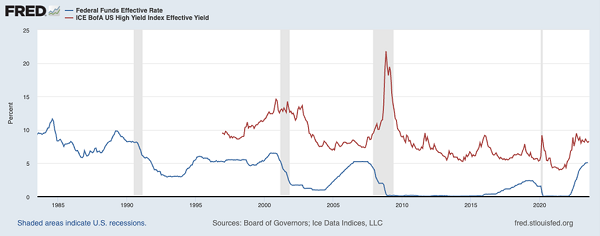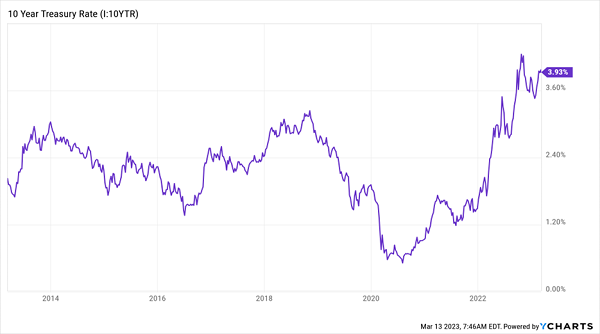Look, this worry that inflation will stick around forever is ridiculously overblown. It’s only a matter of time before it settles out.
Heck, it’s already starting to happen: Last week’s personal consumption expenditures (PCE) print for January—a fav of the Federal Reserve—tells the tale. The headline number came in at 2.8%, as expected. That’s still above the Fed’s 2% target.
But the core number of 2.4% (excluding more volatile categories like food and energy) was the lowest since February 2021.
We looked at one way to profit from overwrought fears last week: low-volatility dividend-payers like utilities and food makers. Many folks see these as “bond proxies.”… Read more



Recent Comments